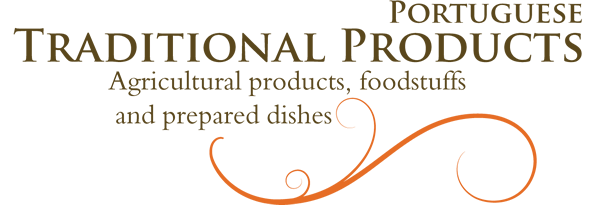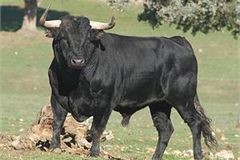Description: The Carne de Bravo do Ribatejo PDO beef comes from the cutting of carcasses of Brava de Lide Breed. Intramuscular fat is very characteristic in these carcasses, with a general appearance called marbling (very fine fibers distributed in muscle tissue), contributing to succulence, firmness and flavor of the meat. It has a color red and dark cherry, and pH lower than 6.
Production method: The cows are reared in extensively method, having access to the different pastures and fodders as hay and straw. In periods of food scarcity they are fed on supplementary feed from farm products.
Distinctive features: The characteristics of the Carne de Bravo do Ribatejo PDO meat are mainly due to soil and climate conditions of origin, morphological and functional characteristics of the breed and management that they are submitted. This meat has a red color dark cherry feature and is consistent soft, juicy and has appreciable chewiness. With a sharp and persistent taste, has infiltrated fat in muscle, with own characteristic marbling, contributing to their juiciness, flavor and chewiness.
Production area: Carne de Bravo do Ribatejo PDO beef is produced in the councils of the districts of Beja, Évora, Portalegre, Santarém and in the councils of Alcácer do Sal, Alcochete, Grândola, Montijo, Palmela, Santiago do Cacém and Sines of the district of Setúbal, the councils of Alenquer, Arruda dos Vinhos, Azambuja and Vila Franca de Xira of the districts of Lisboa and the council of Idanha-a-Nova of the district of Castelo Branco and also the parish of Arazede in the council of Montemor-o-Velho of the district of Coimbra.
History: Brava de Lide Breed is registered since 1840.
Carne de Bravo do Ribatejo PDO is used to manufacture the most diverse traditional delicacies of the region and remains a popular and highly coveted snack, today is a product requested by name, by many consumers inside and outside the region. Promoting the know-how of ancient culinary that comes from the Greeks and Romans and other ancient mythologies, left on this Ribatejo region reinforces the ancient knowledge that will last until the present day, clearly part the cultural heritage of the region.The extent of the farm is a conditioning factor in this production system. In fact, the farm size is an important factor in the production of cattle of this breed, since only in properties with enough extension is possible to have this characteristic muscle training, so convenient to an athletic animal, as it is the case of the animals of this breed whose morphological characteristics are described in the "Padrão da Raça Bovina Brava de Lide".
Product specification (pdf)
Producer group
APBRB - Agrupamento de Produtores de Bovinos de Raça Brava, Lda
Control and certification body
Publication in EU official journal
Reg. (CE) nº 1107/2013– L298 05.11.2013
Publication in the Portuguese official journal
Aviso n.º 4882/2007 (2ª série) 15.03.2007



